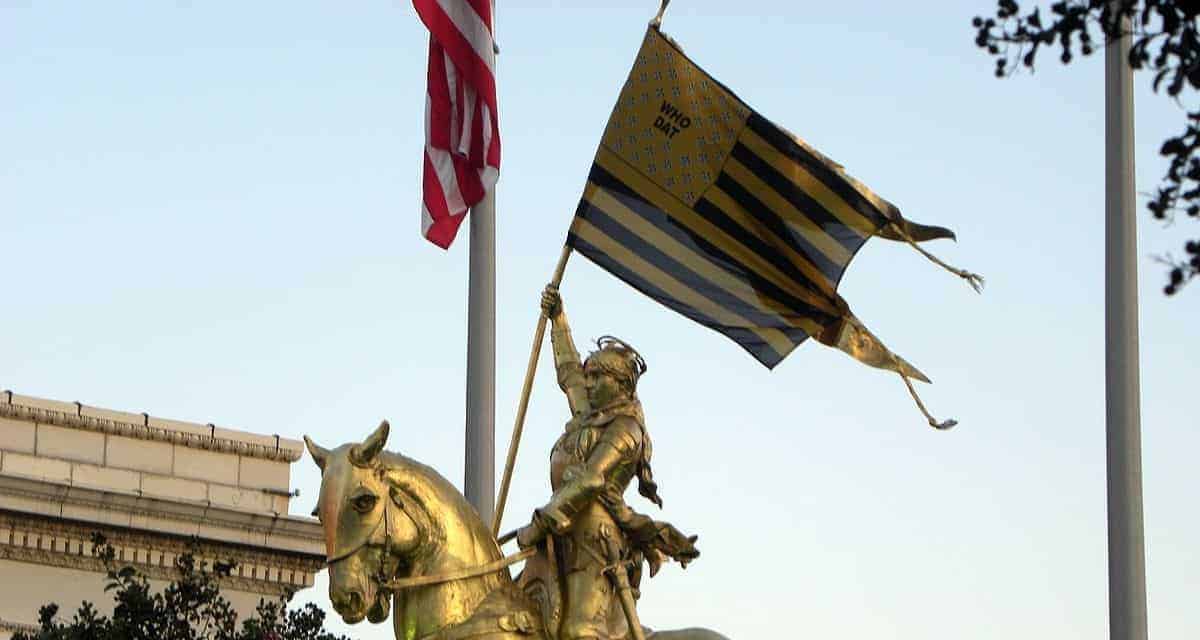St Joan of Arc, (Maid of Orléans) 1412-1431.
St Joan of Arc was born in 1412, in Domrémy, France. Today she is one of the symbols of the French nation. She is credited with saving her country at the time of the Hundred Years Wars. This was one of the most brutal in the history of the middle ages. St Joan emerged as an unlikely saviour of France. However, she must have been a remarkable young woman and she undoubtedly inspired the French to resist the English advance after their disastrous defeat at Agincourt. Today she is also revered as a saint by the Catholic community in France and around the world. Many feminists state that she was an early feminist and showed that women were as capable as men.
Here are some facts that you may not know about St Joan of Arc.

